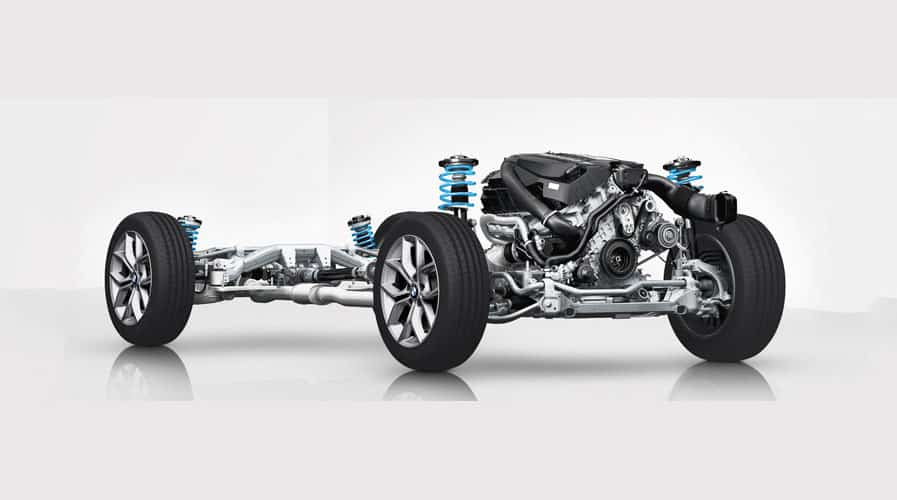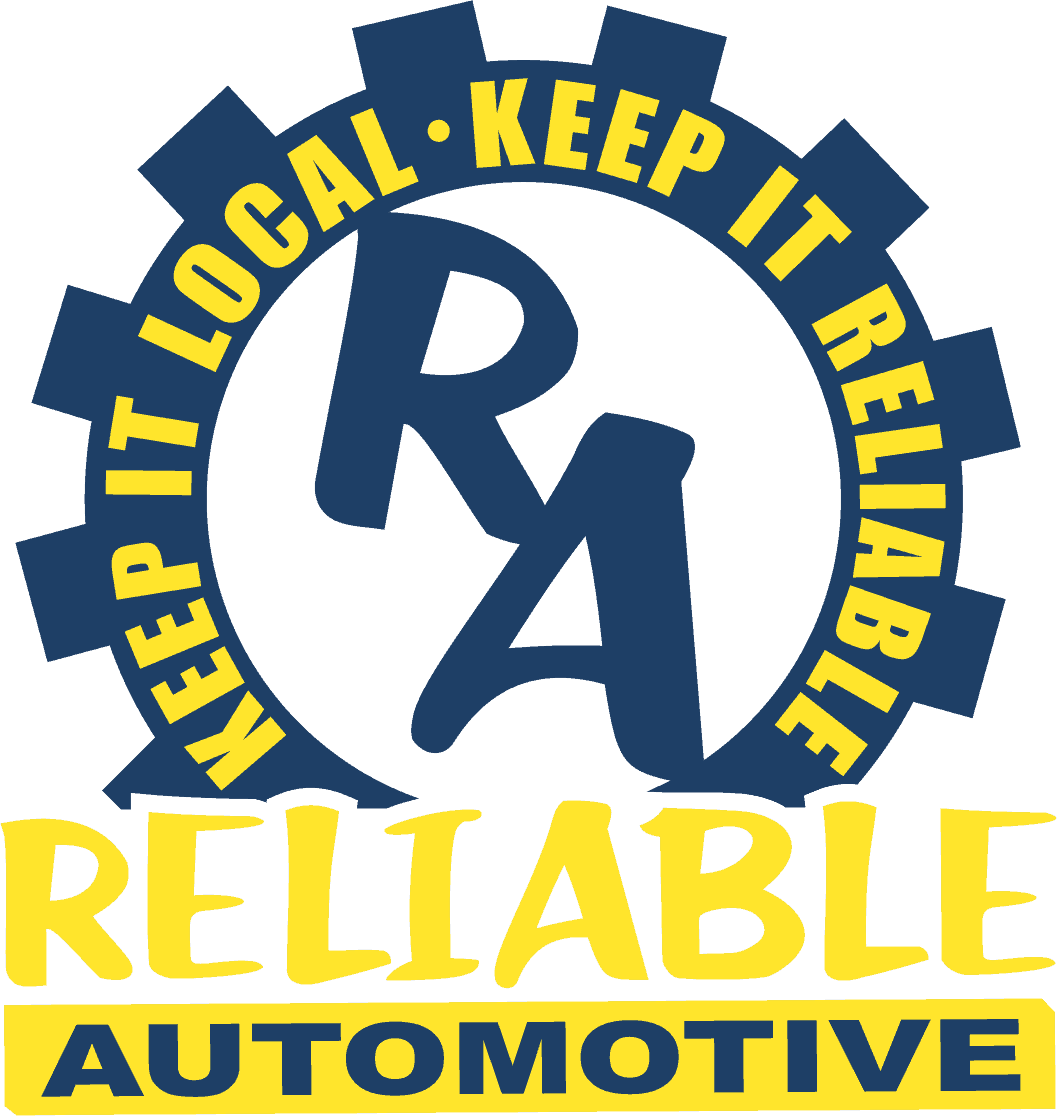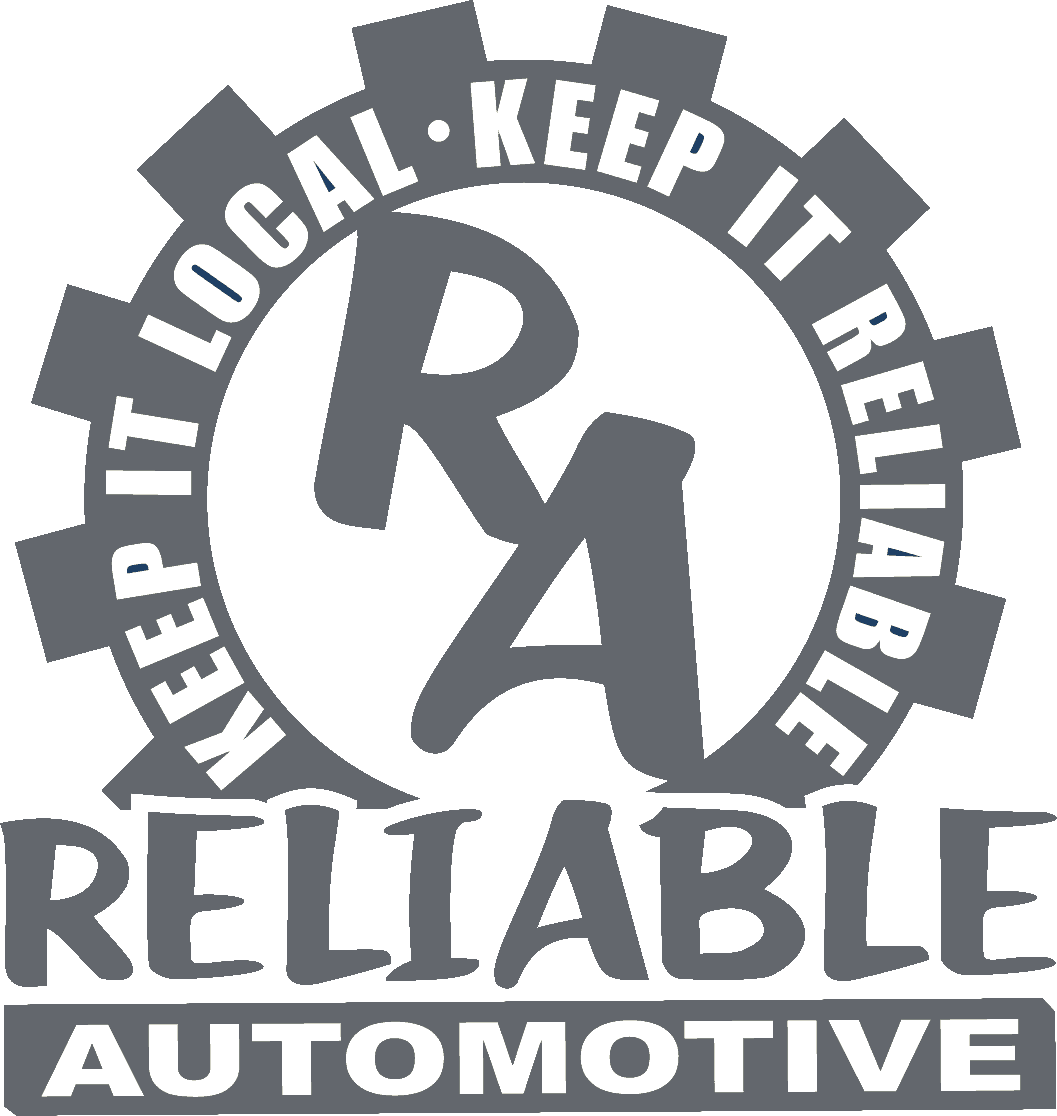How to Keep the Steering and Suspension in Your Car in Optimal Condition
The suspension system in your vehicle is one of those systems that doesn’t call attention to itself often. It just continues to operate properly until it doesn’t.
At that point, it can become a rocky ride for you and your passengers. Your car may feel out of control, which can cause bouncing and hard steering. In a perfect storm of a failing steering and suspension system, it becomes more than uncomfortable. You know there is a problem, but diagnosing a steering and suspension problem is beyond the capabilities of most DIY mechanics. Everyone’s safety is in danger, too. At this point. It would be wise to turn your vehicle over to a professional.
The suspension system components are between the frame of the vehicle and the road. It is made up of the tires, springs, shocks and struts, arms, bars, linkages, bushings, and joints. Regular suspension service at your favorite repair shop includes evaluating all of these components. With the national average of suspension repairs between $1,000 – $5,000, it works to your advantage to tend to small problems right away.
Warning signs of suspension and steering problems
Here are some common red flags to watch for that may indicate your steering and suspension system is in distress:
- Uneven tread wear
- Pulling to one side
- Rough ride
- Clunking or rattling while going over bumps
- Vibration
- Steering wheel no longer straight
- Fluid leaks under front of car
- Car wanders from side to side while driving
- Noises when turning the car
- Rocking of the car when starting and stopping
- Long stopping time
- Car leans to one side
- Difficulty steering, especially at low speeds
To get a better look, you can get down under the car and take a look at the suspension: Do you see damage or wear on the shocks? What about the ball joints or control arms?
If you are like most drivers, though, you don’t even know what you’re looking for. Or you don’t want to get down on the ground in the first place. An easier way is to take the car for a test drive with no distractions. Note any noises coming from the vehicle and try to determine where it’s coming from (front or back). Are the noises dependent on turning the wheel, going over bumps, etc? Take that information to your mechanic and let him take it from there. They can assess the entire suspension system and tell you what needs to be done.
Driving with a damaged suspension system
If you’re thinking of driving with a damaged suspension system, it’s not a good idea. There are too many risks involved when your car’s steering, handling, or braking are affected by a damaged suspension. A driver can easily lose control of a car that is unsteady and unbalanced.
The following parts of a suspension don’t make the car undriveable. It’s safe to drive long enough to make an appointment with your mechanic:
- Damaged control arms
- Damaged anti-roll bar
- Damaged shock
- Failing power steering, including rack and pinion
Call a tow-truck immediately if you believe the parts below may be damaged or have failed:
- Damaged strut
- Damaged springs
- Damaged drive shaft
- Flat tire
- Damaged wheel
- Damaged steering linkage
Remember, when in doubt, don’t drive your vehicle! Get it over to your trusted mechanic right away, even if you have to call a tow truck. Safety should always come first.
Regular inspections will head off bigger suspension problems
How often should a car’s suspension be checked? Experts say it’s wise to have your mechanic check the entire suspension system every 15,000 miles or so. A trusted mechanic can ensure that all components of the system are working correctly and within tolerance. The fluid level for the power steering will be checked, too.
Generally, though, the parts involved in the suspension system won’t have to be replaced often, usually after 50,000 miles. Some will last much longer than that, but regular inspections will help prevent unexpected disruptions within the system. Those disruptions are dangerous when they happen behind the wheel in traffic.
What else keeps a suspension in good working condition?
Taking care of your tires
Many drivers don’t realize the tires are part of the suspension system. But they are the direct connection between the vehicle to the road, so need to be checked frequently to maintain a safe connection.
Tires (and wheels) should be checked for:
- Proper inflation every 1,000 to 3,000 miles: First, check your owner’s manual for the correct pressure. Keeping your tires at the correct reading helps keep the rest of the suspension from damage. Under-inflated tires add up to greater fuel costs and make the car harder to handle.
- Rotation every 10,000 miles (if recommended by the tire manufacturer): Regularly rotating your tires preserves balanced handling and traction, and prevents uneven wear of the tread.
- Tread depth: Legally, the depth is 1/16th of an inch. It’s even better to maintain tread depth at 1/8th inch for safe driving.
- Damage, like pin holes that can cause slow leaks: Look for nails, glass, or other materials stuck in the tire. Then let your mechanic fix it or replace it.
- Alignment: Every 30,000 miles, ten years, or when new tires are installed on the car. Proper alignment makes your car easier to handle, protects tires from wear, and keeps your car connected to the road safely.
Check power steering fluid and belt
- Cars with hydraulic power steering should have fluid level checked and belt tightened at least every 5,000 miles.
- Some cars need the fluid completely changed every 30,000 miles or so. If you’re unsure, ask your mechanic to advise you on this.
Bushings and joints need to be checked
- During your oil change, your mechanic will check for wear or damage. The tie rod ends and ball joints in older cars may need to be lubricated. Newer cars have sealed joints, so they don’t need lubrication (Most modern cars and trucks have sealed joints).
- Joint lubrication is part of a standard wheel alignment and oil changes.
https://reliable-auto.com/auto-repair/oil-change-service/Check the shocks or struts
- The shocks and the struts can leak fluid onto parts of the car, causing additional damage to other parts of the suspension.
- Inspecting this area is also part of an alignment or oil change.
Your driving habits matter
- Don’t drive too fast over speed bumps. It damages the springs and wears the suspension faster than necessary.
- The same is true for hitting potholes, or other obstructions while on the road. Sometimes you can’t help it, but be watchful for holes or other objects in the road.
- Don’t take the vehicle off-road if it isn’t designed for that. It might be fun, but it is not worth the repair bills.
Exposure to water and other elements
- Keep your vehicle out of water.
- Avoid as much road salt (and other chemicals on the road) as possible. They can cause corrosion to the suspension.
Limit the weight carried
- Check your owner’s manual for the maximum weight recommended in the car.
- Rethink overloading the vehicle as the stress and the damage it causes won’t be worth the expense to repair it.
Protect the investment in your vehicles
The cost of a vehicle makes it a significant investment for most individuals and families. Protect that investment by keeping up with routine inspections of the steering and suspension system, as well as all other maintenance. Don’t put off small repairs as they inevitably become larger and more expensive in the future. Lastly, make sure your mechanic has the experience, knowledge, and the most up-to-date diagnostic equipment to do the job properly.







